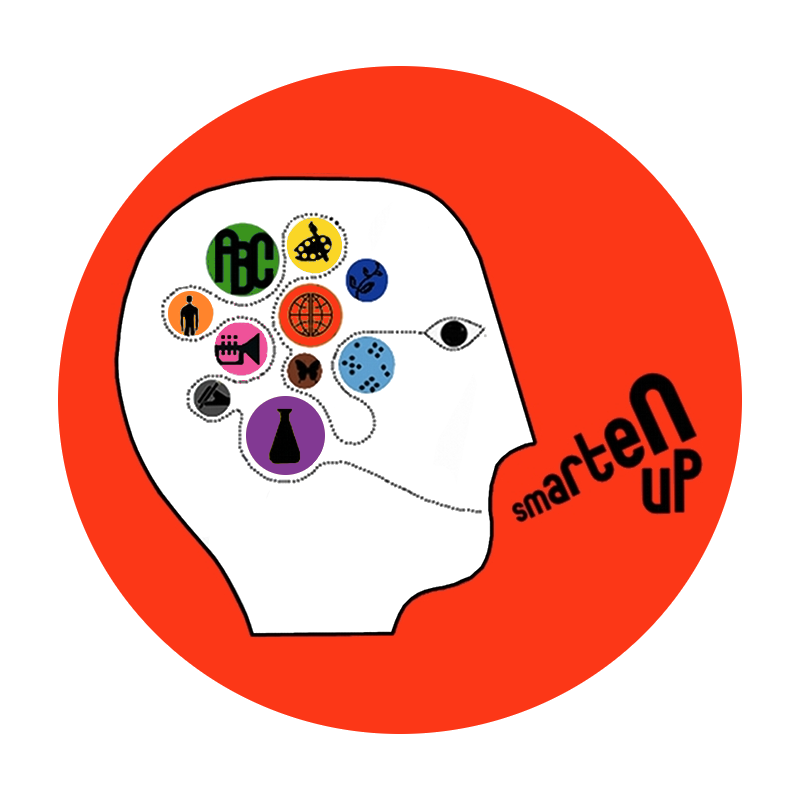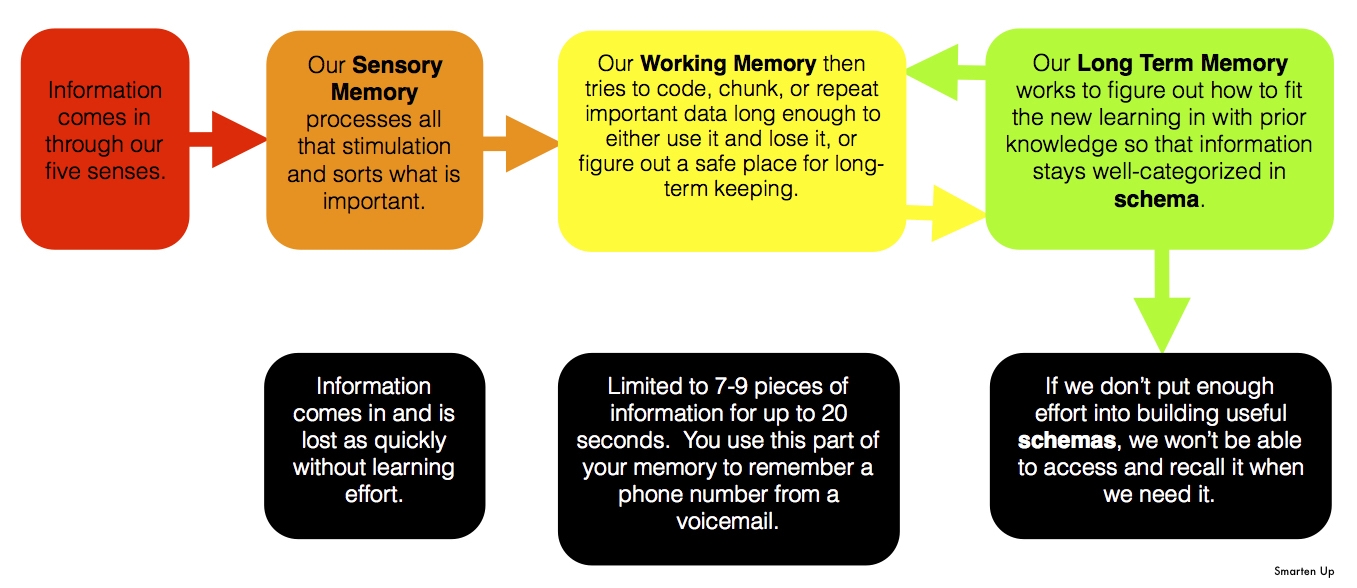Even before they begin school, kids rehearse behavior and learn about their place in the world by playing pretend. Later in their development, there is much that kids can continue to learn from a more institutionalized form of pretend: the theater.
Whether in school or out, the particular embodied storytelling of drama is a ready-made training ground for empathy and imagination. Learning to identify with characters who are different from themselves can help students practice empathy for others, and make them more capable readers and writers as a result. A student’s ability to draw connections between their own experience and the experience of a character in a play, a figure in history, or even an animal on the food chain is strengthened by the creative empathy practice of the theater — and these connections make learning far more effective. Studies have shown that the more students can activate their imagination to identify with the narrative nature of what they’re learning in school, the better they’ll retain knowledge and reach a real understanding of the material. The brain likes to think in terms of stories — and a little imagination can help transform almost any kind of content into a story with its own, memorable characters.
Many students have trouble adapting to the discussion format of a busy classroom, adjusting to the school social environment, or dealing with the nerves of public speaking. Drama games can help build confidence that students will flex in their presentations and everyday conversations. Although they can feel silly, these games push students out of their comfort zone in a safe environment. Watching their peers take risks in getting up onstage encourages students to express themselves confidently and creatively. And when the school play rolls around, students have the chance to take some share of ownership in a deeply collaborative project, developing a sense of community that becomes a home for many.
There’s an educational case to be made for going out to the theater as well! In a world saturated with film and television, attending a live performance requires a different, more active kind of listening. This engagement trains a careful attention that is increasingly rare in the age of screens. If your student is struggling to digest a classic Shakespeare play in school, taking in a live version can be a game changer, bringing the playwright’s words from page to stage in a way that unlocks the story.
More than anything, theater is a fun, liberating opportunity for students to tell stories and develop their confidence and emotional intelligence. It’s an ancient tradition whose importance for expressing the spirit of the times and exploring human connection isn’t going away, even in the age of technology, and it deserves a place in our education system.







